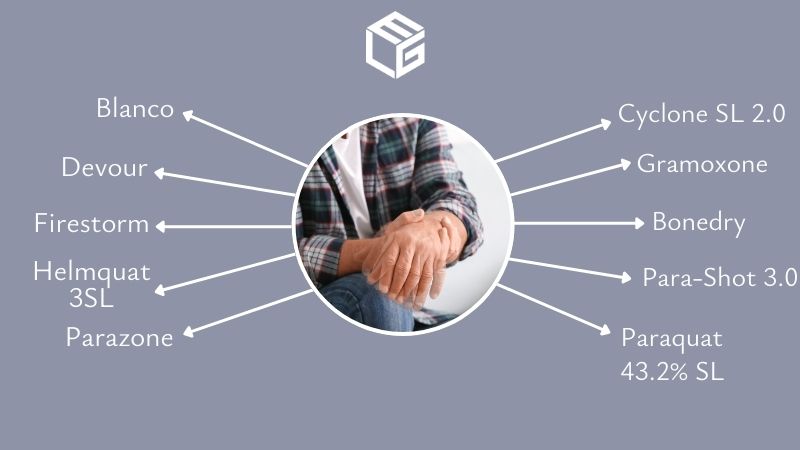-
About »
- Insulin MDL
-
Cases »
- Diseases
- Testimonials
- Government
- Contact
- Get Help Now
-

Manufactured by Syngenta, a renowned company, Gramoxone is a brand name under which you can find paraquat in the United States. It is a unique, fast-acting, non-selective, contact herbicide used for the control of most fibrous-rooted grasses and annual broadleaf weeds that is applied to a wide range of crops. The herbicide has been manufactured throughout the country for over 50 years and is one of the most commonly used products for weed and grass control. However, because it is highly toxic, only licensed applicators can employ it.
Claim ApplicationPeople who intend to use Gramoxone need to undergo mandatory training provided by the Environmental Protection Agency in order to safely employ the product. In addition to the United States, Gramoxone is used in over 100 countries for more than 100 different crops. It is important to know that exposure to paraquat, which is the main ingredient in Gramoxone, is responsible for Parkinson’s disease, which numerous people who work with or are around this product come to struggle with. If this is also your case, please contact our law firm to recover the financial compensation you are entitled to from Syngenta.
The active ingredient in Gramoxone, paraquat, is deactivated when it comes in contact with the soil by quickly binding to soil particles and thereby does not have a negative effect on groundwater or soil organisms even after years of frequent application. Gramoxone is sold in containers of 5 liters, 1 liter, and 500 milliliters by Syngenta. It destroys all annual and certain perennial weeds. The concentration of paraquat in Gramoxone is 200 grams per liter. Gramoxone is fast-acting in every weather condition, regardless of active weed growth, temperature, and soil moisture. Furthermore, the unique speed of action of the product allows the growth of multiple crops per season, thereby maximizing yield.
Nevertheless, the paraquat in Gramoxone is very toxic and people who use it need to be very careful when applying it. A single sip of paraquat is enough to be fatal. To avoid Gramoxone being mistaken for various beverages, the product contains safeguard additives such as a blue dye, a strong odor, and a substance that induces vomiting following ingestion. The product is very effective for weed and grass control for the following crops:
If you worked with Gramoxone or were frequently around it, you are at high risk of developing Parkinson’s disease, as people who are exposed to paraquat have a 250% greater chance of coming to struggle with this condition than those who are not. The family members of individuals who worked with Gramoxone need to pay close attention to the symptoms of Parkinson’s disease, which include slowness of movement, a tremor in the hands, legs, jaw, or head, stiffness of the limbs and trunk, and impaired balance and coordination. Because these symptoms mimic the signs of other similar conditions, misdiagnosis is very common in people with Parkinson’s disease, with up to 30% of them initially receiving a wrong diagnosis. For this reason, people who were exposed to paraquat and experience symptoms that are similar to those of Parkinson’s disease need to seek a second and even a third opinion from medical specialists in order to receive a correct and precise diagnosis. In the unfortunate event that you or a family member has this diagnosis, we advise you to reach out to our legal team, as we specialize in toxic exposure cases and will recover financial compensation on your or their behalf.
Specializing in toxic exposure cases, our attorneys have the necessary knowledge and resources to help you recover the financial compensation you deserve from Syngenta if you worked with or were around Gramoxone. After we thoroughly assess your case, we will begin preparing your claim for submission, which must include pertinent and solid evidence supporting the causal relation between your paraquat exposure and your diagnosis of Parkinson’s disease. Our legal experts will conduct in-depth research to find additional proof for your claim. While the legal process is quite intricate and tedious, it will require minimal involvement on your part and a family member can help you navigate it, as we know that most of our clients are in great physical and emotional pain. Eventually, you will receive the maximum compensation you are entitled to from the liable company if you choose to file your paraquat claim with our assistance. For more information, please feel free to contact our law firm and we will answer your questions.